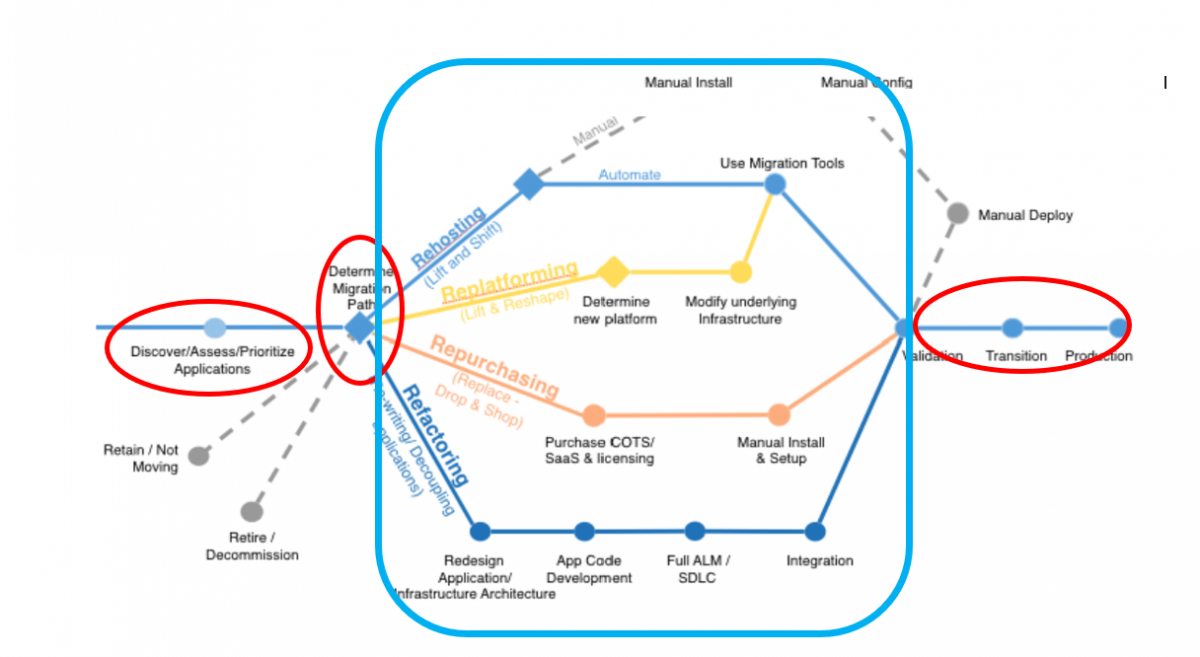Upcoming Webinar: Taking Software Estimation & Planning to a Higher Level
Technology organizations spend millions of dollars each year developing and delivering software. Whether the programs are in-house or vendor related, successful planning of these programs depends heavily on reliable estimates. Being able to generate these estimates early before detailed planning takes place is essential and can have a major impact on annual budgeting, resource allocation and cost and schedule overruns. In this PDU-approved webinar, presented on May 21 at 1:00 PM EDT, Keith Ciocco will summarize best practices for top-down estimation and how to leverage estimation tools.
Keith Ciocco has more than 30 years of experience working in sales and customer service, with 25 of those years spent with QSM. As Vice President, his primary responsibilities include supporting QSM clients with their estimation and measurement goals, managing business development and existing client relations. He has developed and directed the implementation of the sales and customer retention process within QSM and has played a leading role in communicating the value of the QSM tools and services to professionals in the software development, engineering and IT industries.






